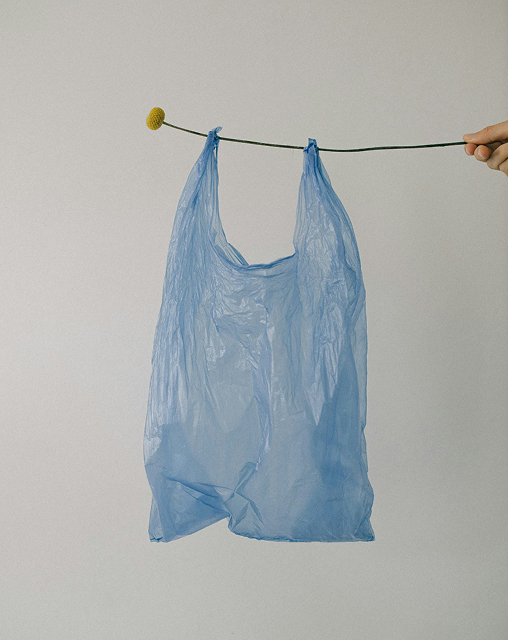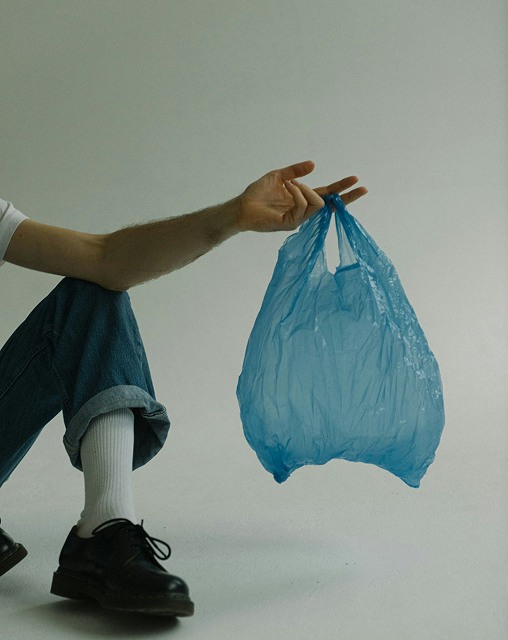Samuel Charlebois

“By 2026, selling or exporting the six targeted single-use plastic items will be illegal across Canada.”
Imagine opening the fiscal year 2026 with a product line that suddenly can’t leave the loading dock because its plastic rings or clamshells are now illegal to export. That is the very real cliff Canadian small- and medium-sized enterprises will face once the Single-Use Plastics Prohibition Regulations (SUPPR) complete their final phase-in on 20 December 2025 – the date after which exporting the six banned single-use items becomes unlawful.
Manufacture and domestic sale were already sunset in 2022-24, yet many SMEs kept supplying foreign retailers through existing contracts. That loophole closes for good in Q4-2025. The moment it does, any SKUs containing those six items—whether as primary packs or promotional inserts—become stranded inventory.
For consumer-goods brands, the knock-on effects travel fast: shipping schedules, shelf resets, even the legality of co-packing agreements shift overnight. In concrete terms, 2026 will be the first full accounting year in which plastic-free compliance is audited end-to-end.
Contrary to a popular myth, companies under 500 employees are not exempt. The regulation targets activities (manufacture, import, sale, export), not corporate size. Even micro-brands ordering private-label goods from overseas suppliers must now certify that no banned plastics are present at the point of export.
Environment & Climate Change Canada (ECCC) has been explicit: online-only merchants, third-party logistics hubs and promotional-item vendors all fall within scope.


The Montreal-based cosmetics brand phased out PET clamshells in favour of moulded-fibre inserts, bulk-shipped refill pods, and launched a QR-based product passport anticipating EU eco-design rules. The up-front tooling premium (≈ 8 %) was recouped in a single year through lighter freight and a 18 % return rate on refill pods.